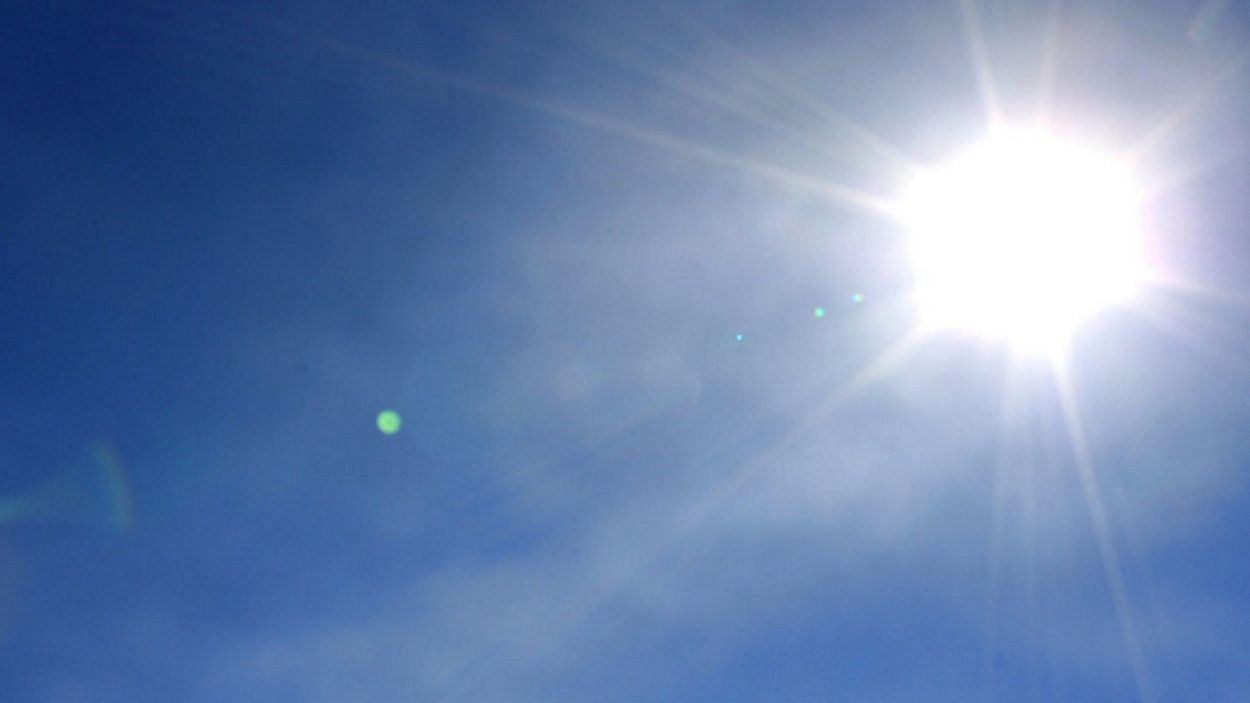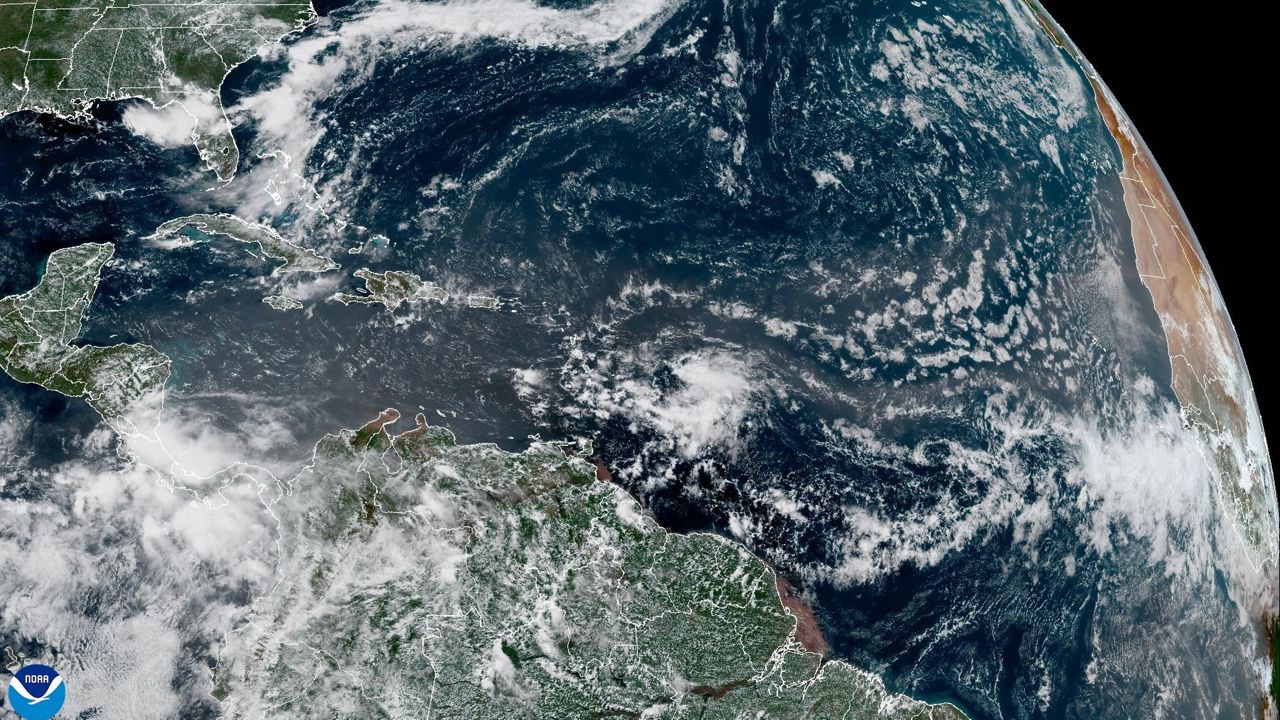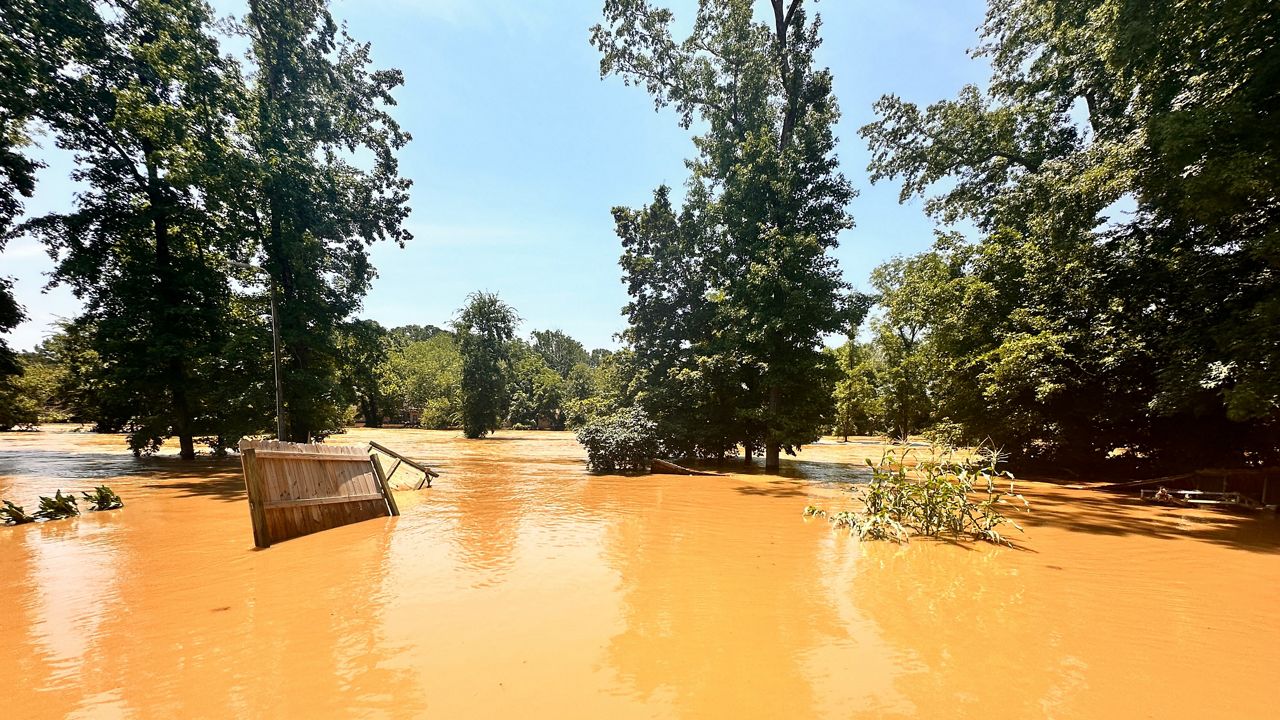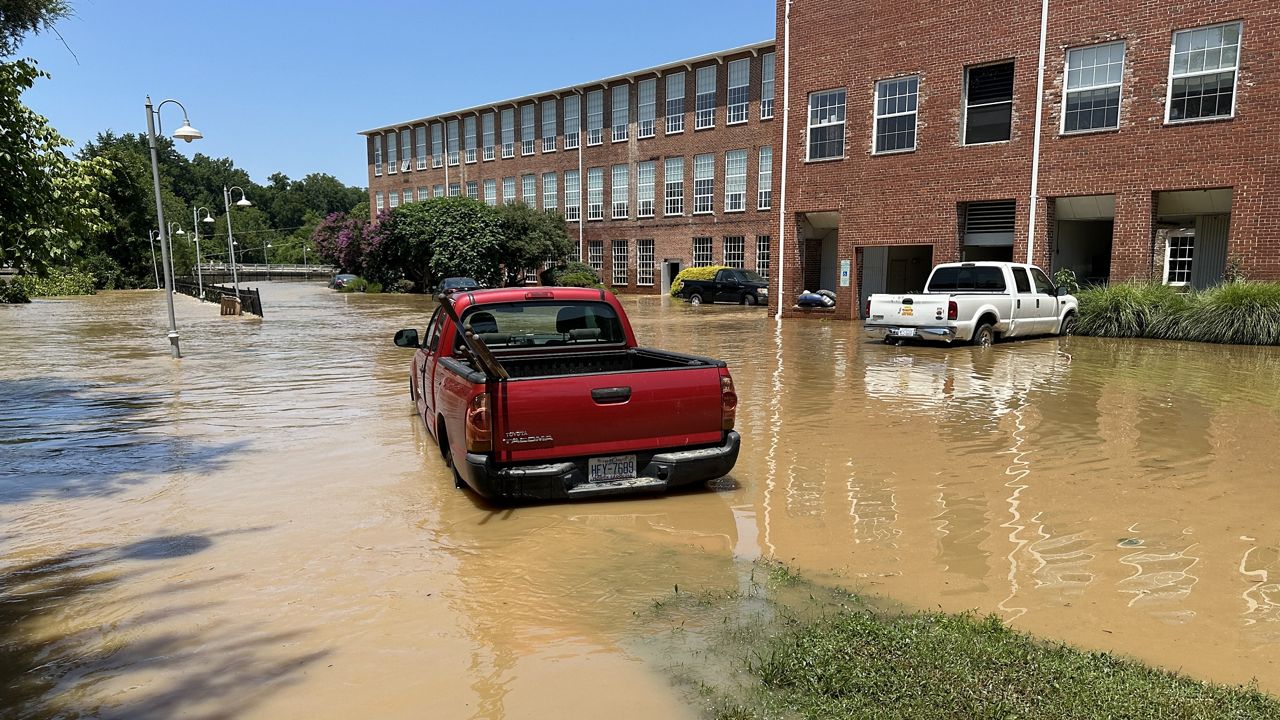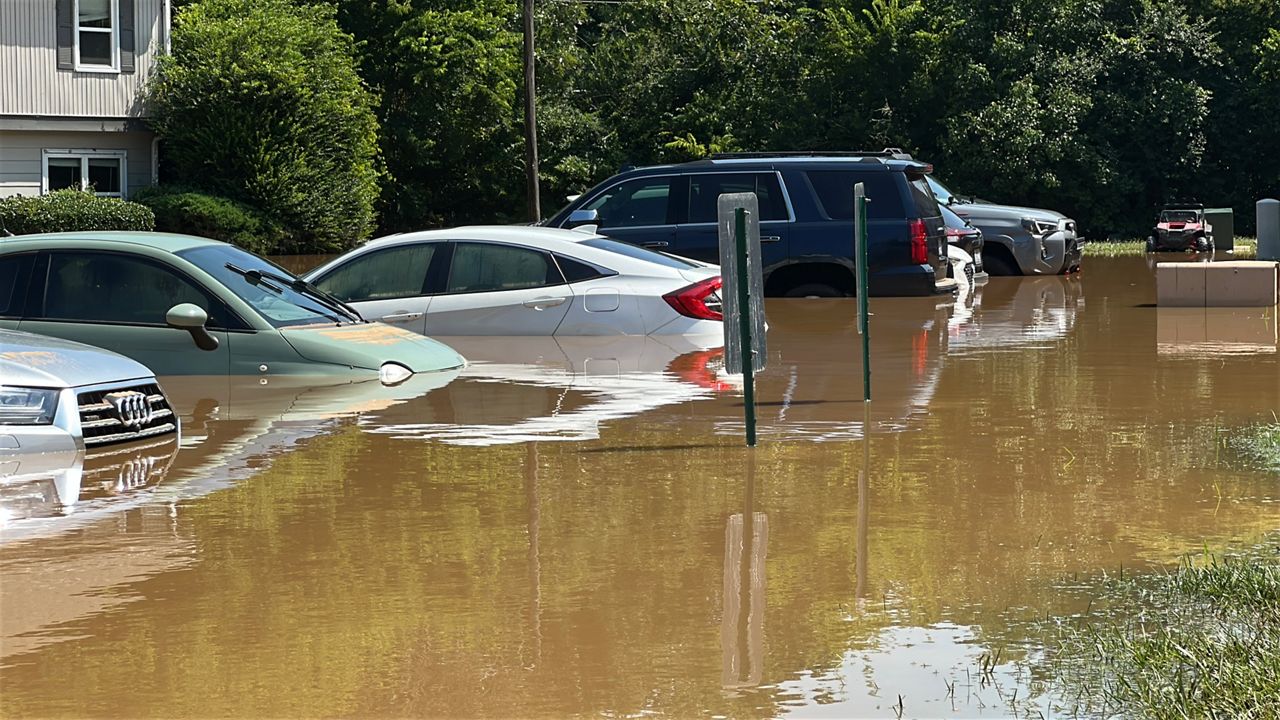Since we are entering the part of the year when people spend the most time outdoors, I thought I would spend a little time discussing the UV Index.
First of all, what is the UV Index? It was developed in 1994 by the National Weather Service and the Environmental Protection Agency as a way to help the public understand and mitigate the risks associated with ultra violet radiation from the sun.
Some of the terminology and color tables associated with the scale were updated in 2004, but the intensity values remained unchanged (A 1997 UV value of '7' would still be a '7' today).
The UV scale runs from 1 through 11+. Here is the scale below.
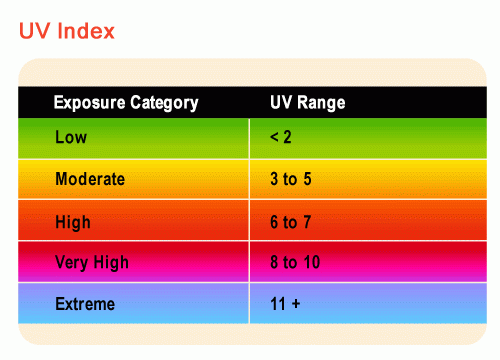
So, what factors impact the UV value? First of all, the closer to the Equator you are, the higher the potential UV Index can be. Also, the greatest amount of UV radiation occurs during the middle of the day. Other factors include:
- Time of year - the greatest UV radiation in the US occurs from April through August.
- Altitude - UV radiation increases about 2 percent per every 1000' of elevation.
- Cloud cover - a think overcast can block lots of UV radiation. However, thin or broken cloud cover, as well as scattered cumulus clouds, will not prevent UV radiation.
- Low level ozone - Concentrations of ozone can block UV radiation.
- Land cover - Trees, buildings, etc significantly reduce UV radiation.





